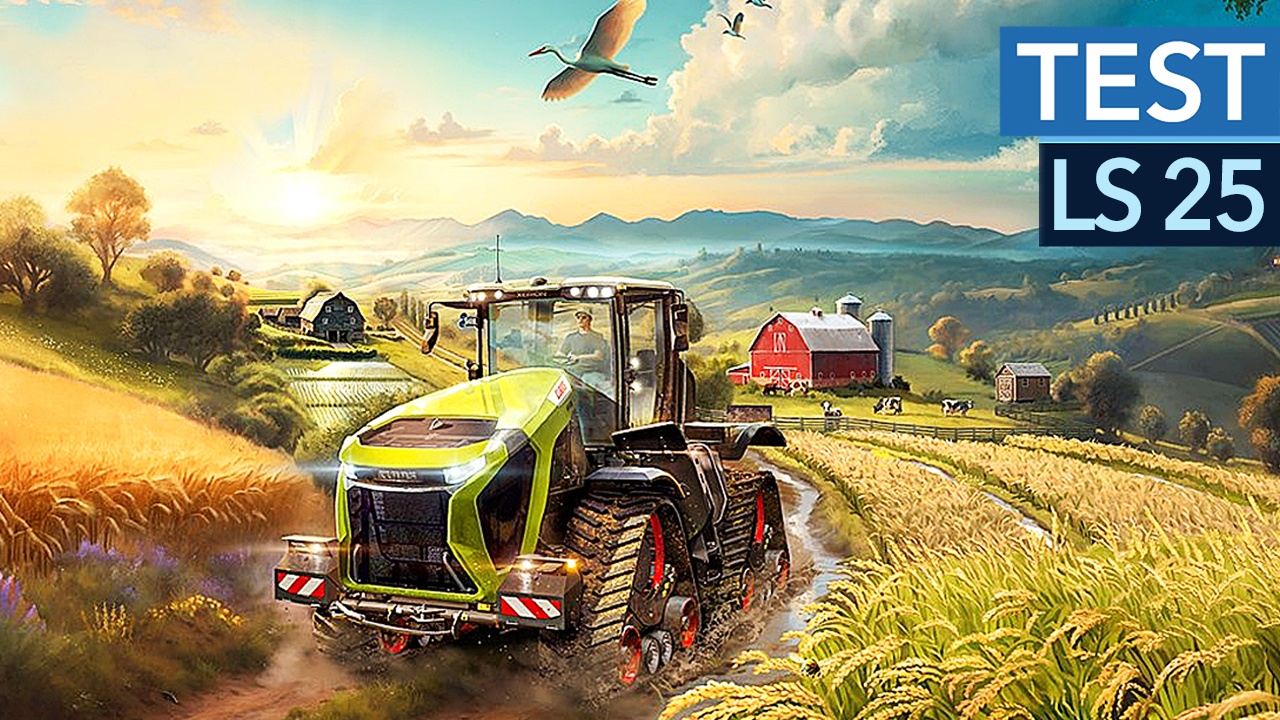Earlier this summer, I had the pleasure of playing Black Myth: Wukong, a highly anticipated Chinese indie action game that has impressed everyone since its initial release and has been enchanting us all with its unique and gorgeous gameplay since 2020.
This game has been in the works for a while, and all the trailers released by developer GameScience are getting more exciting. But we don’t know much about the game at this point; based on the combat we’ve seen in the videos so far, people think it’s a game in the Souls series, but after my hands-on experience, I can tell you one thing for sure: it’s not.
Manage Cookie Settings
Firstly, the developers themselves call this Unreal 5-based game an “action RPG”, which is more generic than Soulslike and lacks some of the key principles that FromSoft has incorporated into the genre since it reinvented it with Dark Souls. So, what exactly is the difference between the two?
Firstly, you don’t have the same build-crafting depth you’d get in FromSoft games – progression is limited to a few basic skill trees that allow you to amplify the damage you can do across three main combat disciplines (which, if you want to boil them down to their simplest functions, can be broken down into striking, jabbing and “jumping”).
Next up is the story. It’s more “what you see is what you get” here, rather than the text-based lore mining you’d do in item descriptions like in games like Elden Ring or Bloodborne. Wukong is heavily adapted from the Chinese novel Journey to the West, as we follow the eponymous Monkey King through a plethora of boss fights inspired by the 16th century text (a lot of this will be obvious if you know anything about Enslaved: Journey to the West or Dragon Ball).
Finally, there’s the difficulty: the developers intentionally made the game easier to pick up than the Souls series, giving you the power to transform into deadly mythical beasts to help you defeat bosses. There’s no difficulty selection, but in my experience, transforming into a flaming tiger did make some of the more difficult encounters much easier – the developers told me that they want players to do this if they’ve failed an encounter too many times.
These transformations all have their own life bars, giving you a break from long boss fights and breathing room to slowly pick off enemies without having to worry about overattacking and getting counterattacked, or even killed. I like this; the game focuses on aggression—you can’t even block until late in the game—and the result is a combat system that feels more fluid and “dancing” than the fat man scrolling of the Souls series. Your mileage may vary, but I really appreciated the fast-paced, acrobatic combat. It reminded me more of Ninja Gaiden or Devil May Cry than Demon’s Souls.
So, back to that title. yes What are the similarities between this game and the Souls series? First, they share the same basic game mechanics: shrines that respawn enemies and act as checkpoints, sippy cups that need to be drunk to replenish health, experience points lost upon death, and stamina bars that drain as you dodge, attack, and (eventually) guard.
But the similarities don’t stop there. As I fought through the three-hour demo, some design elements excited me. Design choices include unremarkable bosses that go down easily but then resurrect in a new form with a brand new health bar. They’ll surprise you, lull you into a false sense of security, then take advantage of your dented health bar and kill you as you try to suck the last bit of energy out of what’s definitely not an Elemental Flask.
Or the Toxic Swamp. Yes, I’m sorry to break it to you, but there is a Toxic Swamp. My demo was from very early in the game – I think around four or five hours in – and the game starts throwing status afflictions at you, and of course one of them comes in the form of the horrible smelly swamp that eats away at your health. It’s implemented really well; if you get bullied out of the safe combat zone, a warning zone appears, and unless you can find herbs to cure your ailment, your health will suffer. It’s not just there for the sake of it; it fits into the world, and it gives you another level of warning as you navigate the fairly linear levels.
And – if you survive the swamp – you’ll find some interactable items and you’ll think “Ah, cool, these things will help me heal my injuries and restore the health I lost from poisoning!”. No, they’re copycats. Got fooled, idiot. I should have been furious at these very simple enemies that killed me, but I was too busy grinning. Then again, they’re just there to combat the careless (or, maybe, arrogant). I was put back at the checkpoint out of frustration, close to the boss, and it was all my fault. A true “Miyazaki moment” and I was happy to be the victim.
So, Black Myth Wukong isn’t a Souls game. That’s fine. It’s more of a Boss Rush, and to me, it feels more like a cross between Ninja Gaiden and Nioh than it does Dark Souls and Bloodborne. There are hidden super bosses (more on that in another article) that are a challenge if you want to take them on, but the core of the game is a sweet, balanced Boss Rush, with gorgeous levels that teach you about the intricacies of its acrobatic combat.
This game is going to be great; it’s a good action-RPG for fans of the Souls games, and maybe they want to relax after playing Shadow of the Fallen. It’s got great timing, and it has the muscle to back it up. Stay tuned for Wukong, it has everything it needs to be one of the most surprising games of 2024.
Black Myth: Wukong will be released on PlayStation 5 and PC on August 20, 2024, with the Xbox Series X/S version to be released later.




.jpg?width=690&quality=70&format=jpg&auto=webp)






